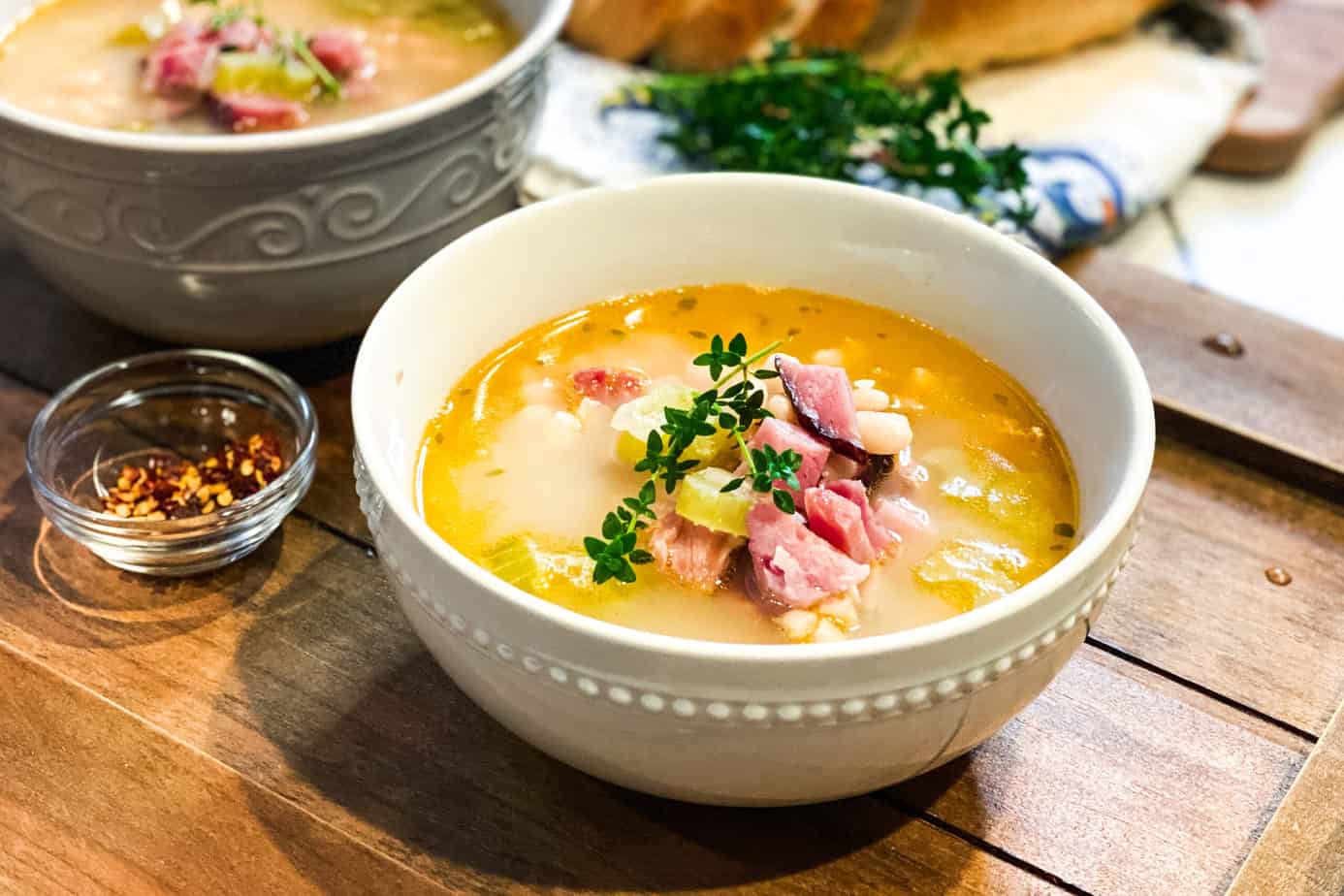There’s something inherently comforting about a hot bowl of soup or stew. These dishes are more than just meals; they’re like a warm embrace, a culinary solace that soothes and satisfies. Mastering the art of soup and stew making is not just about following recipes; it’s about understanding the elements that make these dishes so heartwarming. This exploration into the world of soups and stews will guide you through creating nourishing, flavorful, and comforting bowls perfect for any occasion.
Building Flavors: The Foundation of Great Soups and Stews
The key to a great soup or stew lies in building a depth of flavor. This often starts with a base of aromatic vegetables like onions, carrots, and celery, known as mirepoix in French cuisine or soffritto in Italian. Gently cooking these ingredients until they are softened and fragrant lays the groundwork for a richly flavored dish.
Choosing the Right Ingredients
The ingredients in your soup or stew should be thoughtfully chosen to complement each other. This includes selecting the right type of broth or stock as the liquid base—chicken, beef, vegetable, or even fish—and combining it with ingredients that harmonize well in terms of flavor and texture.
Layering Ingredients for Optimal Cooking
In soups and stews, the order in which you add ingredients matters. Start by cooking the ingredients that take the longest to soften, like meat and root vegetables. Gradually add ingredients that require less cooking time, ensuring that everything is perfectly cooked by the time the dish is ready to be served.
Seasoning and Simmering
Seasoning your soup or stew correctly is crucial. This includes not just salt and pepper but also herbs, spices, and other flavorings like garlic, ginger, or chili. Adding these at the right time ensures a well-rounded flavor profile. Slow simmering is often the key to the best soups and stews, as it allows flavors to meld and intensify.
Texture: A Critical Element
The texture of your soup or stew contributes significantly to its satisfaction level. Some dishes benefit from being smooth and velvety, achieved by pureeing the ingredients. Others are best enjoyed with chunky, hearty elements that offer a robust eating experience.
Finishing Touches
The final touches can elevate a simple soup or stew. This might include a splash of cream, a sprinkle of fresh herbs, a squeeze of lemon juice, or a swirl of olive oil. These finishing touches add freshness, richness, or brightness, balancing and enhancing the overall dish.
Accompaniments Make the Meal
Often, what you serve with the soup or stew can turn it into a complete meal. Crusty bread, a side salad, or a serving of rice or quinoa can complement the dish and add an extra layer of comfort.
Conclusion: A Journey of Comfort in Every Bowl
Soup and stew making is a culinary journey that brings comfort and satisfaction with every spoonful. By understanding the basics of flavor building, ingredient selection, and seasoning, you can create a variety of soups and stews that warm the heart and soul. Whether it’s a light and brothy soup or a thick and hearty stew, these dishes are a testament to the simple yet profound pleasures of cooking and eating.





